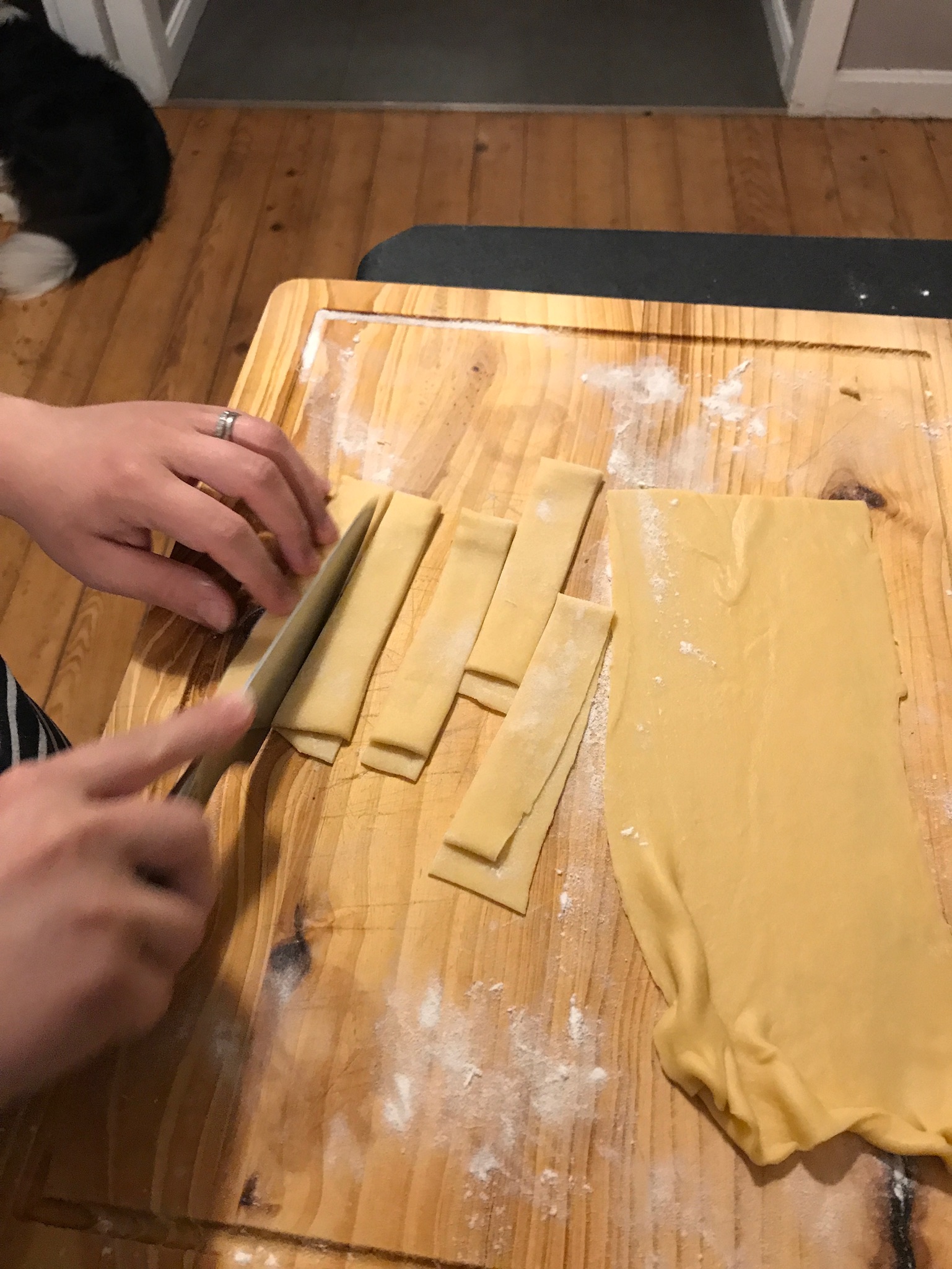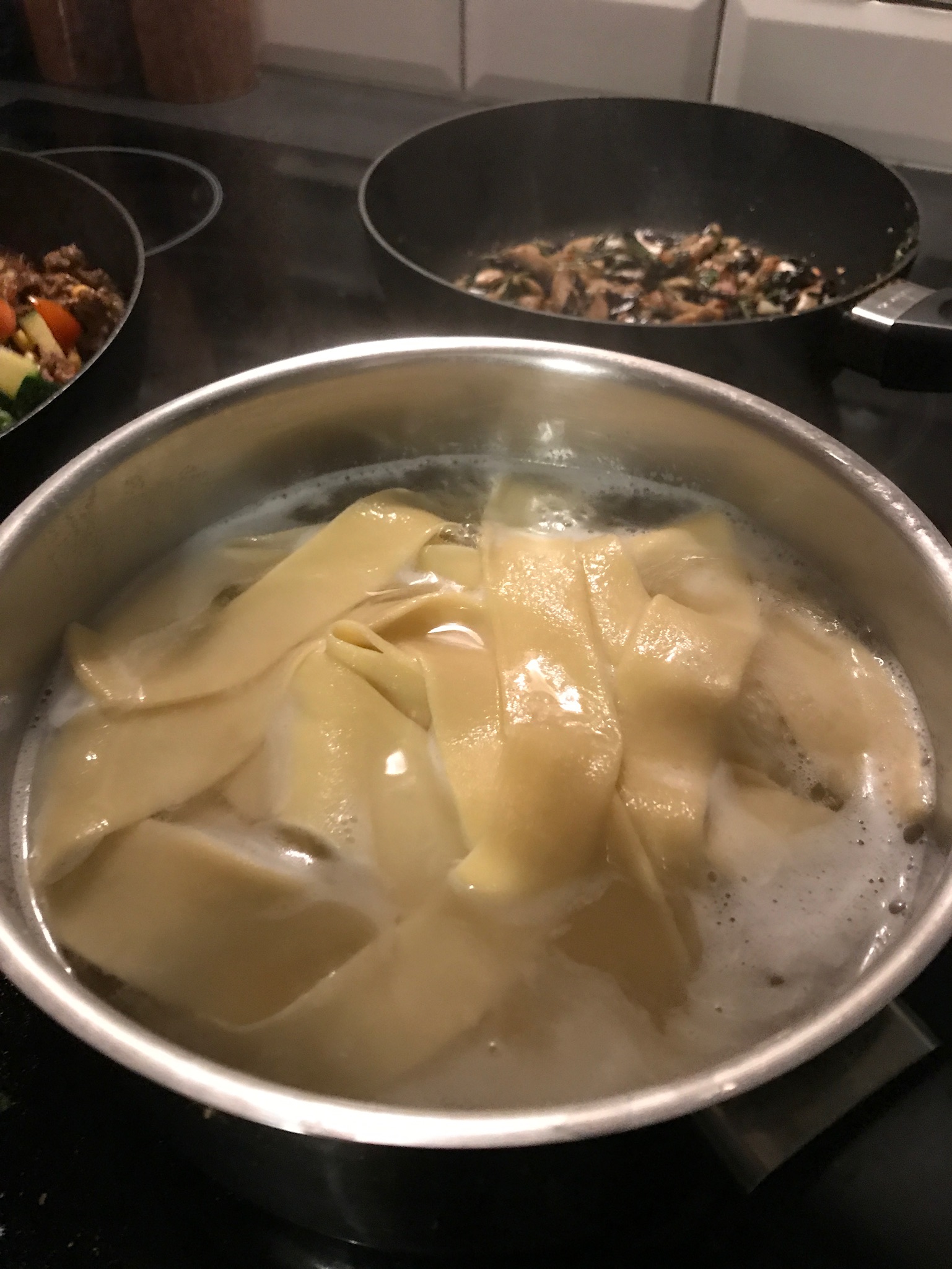As you will know, we have recently started swapping out disposable items for reusable, toxin free, waste free, healthier alternatives in our home. To make the most of what we have and maintain some sort of house-hold budget, we’ve been replacing things as they have run out. Although, I’d love to overhaul everything in one fell swoop, we all know that’s not realistic, practical or really making the most of what you have. For me, it makes more ‘sustainable sense’ to use up what you have and make a better choice next time.
Unfortunately for us, one of the first items we were about to run out of was toothpaste! Tom nearly caved and thought about sneaking in a quick trip to the shops to buy a tube before I noticed – but he stayed strong and trusted my DIY toothpaste wish.
From the reading I’ve done, toothpaste tube and toothbrushes are some of the most complex items to recycle due to the number of different materials that make up each item. From what I can work out (and please correct me if you know more about this), my local council (Brisbane City Council) does not recycle toothpaste tubes or toothbrushes. Remember that technically all plastics ‘can’ be recycled – but they have to be processed by the correct facilities designed to handle them. For example, soft plastics are not recycled by my council however I can send them to REDcycle to make into plastic school furniture. The only current national scheme I could find to recycle toothbrushes and toothpaste tubes is TerraCycle. Even then, you have to somehow get all toothpaste out of the tube before sending it in…
Because I believe recycling is a small part of the answer, but definitely not the solution to our waste problems, I needed a waste free solution that worked. Oral hygiene is important! Especially when you’re pregnant ladies!
I did heaps of research on recipes and what to include/what to avoid and we ended up up going with a recipe my cousin, Sarah suggested as they had trialled a few before settling on this recipe.
Now I initially set out to make a toothPASTE…but ended up going with a toothPOWDER. Tom wasn’t convinced to start with – the change to a toothPOWDER made him even less keen. To be fair, I was sceptical too! To Tom’s credit, he always says he’ll give something I suggest a go – for which I am very grateful! Plus there was a small bit of commercial toothpaste left if it all went horribly wrong…
One of my initial concerns to switching to wastefree/DIY toothpaste was health based – are we actually endangering our oral health by not using commercial toothpaste?
When I started researching what’s actually in toothpaste and the function of each ingredient I was actually a little surprised – perhaps it wasn’t the ‘miracle’ product that protects your teeth like I thought it did.
These are the ingredients below from a very well known brand of toothpaste that we usually bought. You can find these ingredients listed on SmartLabel. I was a little underwhelmed…
Active Ingredients
- Sodium Fluoride – used to help prevent cavities
Non-Active Ingredients
- Sorbitol – sugar alcohol that helps hydrate the mouth
- Water – helps dissolve the other ingredients
- Hydrated Silica – used as an abrasive to help clean teeth
- PEG-12 – helps retain moisture/dissolve other ingredients
- Sodium Lauryl Sulfate – foaming agent
- Flavour – improves taste
- Cellulose Gum – used as a thickener
- Tetrasodium Pyrophosphate – used for tartar control
- Cocamidopropyl Betaine – foaming agent
- Sodium Saccharin – sweetener
- Methylcellulose – thickener
- FD&C Blue No.1 – provides colour
- FD&C Yellow No. 5 – provides colour
As you can see above, the only ‘active’ ingredient (intended to provide therapeutic effect) is fluoride. The fluoride issue I’m really on the fence about – I can see benefits for and against and I need to do a lot more research before I make up my mind. Because we live in Brisbane where fluoride is added to our drinking water, I wasn’t too stressed about leaving it out of my toothpaste and continuing to sit on the fence about how I feel about it! I’ll chat to my dentist about it next time I’m there for my 6 monthly check-up!
Anyway, long story short – Tom and I decided that personally we were comfortable enough in ourselves and our health to ditch the commercial product and make our own toothpaste. Remember that good oral health always starts with a nutritious diet and adequate hydration with plain old water!
On to the recipe!
We used this recipe for our toothpowder. Check out Going Zero Waste for heaps of great zerowaste recipes and inspiration – love this blog!
DIY Tooth Powder

- ¼ cup bentonite clay – we purchased ours here in my last Biome (one of my favourite stores!!) order because it was packaged waste free and I can use the jar for other DIYs. However, I’ve since found out you can buy it far cheaper and package free at Source Bulk Foods for $8.50 a kilo!! To be fair – the jar would be worth a couple of dollars and I’ll definitely use it. Bentonite clay comes from the ash of volcanos, draws out toxins and is full of vitamins and minerals, like calcium.
- ¼ cup organic bicarb soda ($7.5kg at Source Bulk Foods). Bicarb soda works as a very mild abrasive to remove plaque and neutralise pH.
- ¼ cup xylitol ($23.50kg from Source Bulk Foods) is a natural sweetener (from birch bark or corn) and prevents bacteria from sticking to teeth, neutralises pH and balances out the salty taste of the bicarb. I didn’t realise you could buy it at Source Bulk Foods and I could not find it anywhere that wasn’t in plastic! So this wasn’t zero waste – having said that, it will last us forever!!! And saves many toothpaste tubes in the long run and the soft plastic can be recycled easily. If you have dogs, make sure you keep this and the toothpowder well out of their reach – it’s extremely toxic to dogs!! I wrote myself a reminder on the packet just to make sure…
- Few drops food grade peppermint essential oil – make sure the brand you use is safe for ingestion – do your own research and make sure you’re happy with their safety standards and be particularly cautious about what brand and what oils you use in pregnancy. We chose peppermint as we were a bit nervous as to how it would taste and this is the closest to our commercial brand! This is not necessary or you could experiment with other food grade essential oils based on the benefit you’re looking for.
Mix it all up and store in a glass jar (metal can react with bentonite clay so glass is best).
I’m not quite sure how much ¼ cup weighs, but I’m guessing it’s around 40g so price break down would be as follows
- Bentonite clay 34c
- Bicarb 30c
- Xylitol 94c
- Peppermint oil 40c
= $2.32 for an 8 oz (220g) Ball jar which will last Tom and I months and months as you only use the tiniest amount!
We also purchased Bamboo toothbrushes from Biome so we can compost the handles (the bristles need to be removed first as they are made of nylon) in our garden, thus avoiding having to throw them in the rubbish or send in to TerraCycle.
So the question you all want to know…HOW DOES IT TASTE AND DOES IT WORK?!?
I won’t lie, I was nervous after the first use because it tasted super salty to both of us and the texture is unusual when you’re used to a product that foams up! However, after about 4 uses it now tastes neutral (your tastebuds must adjust?) and we can both honestly say our teeth actually feel cleaner for longer when using the tooth powder compared to commercial toothpaste! I don’t think we’d ever go back. We’re both as shocked as you!
How do you use it? Dip a dry brush in and pick up a little bit of powder. Your saliva will quickly work to spread it around your mouth and brush like normal! We share a jar because we love each other… but if one of you was sick, I would portion it out into your own jars.

*common sense disclaimer* as with all recipes and ideas that will be featured on this blog, please use your common sense and research yourself to keep yourself and your family healthy and safe. I am a firm believer in trusting your gut if something doesn’t feel like the right choice for you or your family. This is not in anyway meant to replace the advice of medical professionals or deal specifically with any personal health concerns you may have. Chat to your team – health professionals, friends and family, do your research and make choices that are right for you.






















